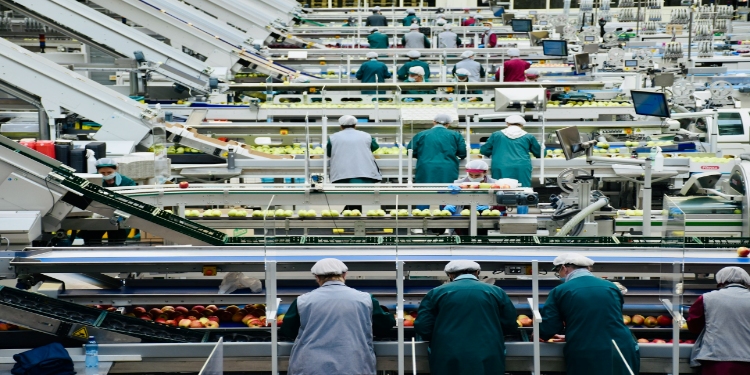While many workplace accidents are preventable, they continue to occur, with the Health and Safety Executive reporting that 0.6 million workers sustained a non-fatal injury at work in 2023/24.
This highlights the importance of continuous vigilance and proactive safety measures.
Here, we look at several common types of workplace injuries and steps you can take to avoid them.
Manual handling injuries
One of the best ways to prevent manual handling injuries is to complete training on safe lifting techniques.
According to Work Safe UK, this includes bending your knees, keeping your back straight and using your core to lift.
For tasks that involve heavy or repetitive lifting, use mechanical aids such as trolleys or forklifts to reduce strain.
If possible, break down large loads into smaller, more manageable units so that the task is safer and easier to complete.
Slips, trips and falls
Slips, trips and falls were the most common workplace injuries in 2023/24, accounting for 31% of non-fatal incidents.
To prevent them, ensure that walkways are always clear of clutter, cables and equipment.
Any spills should be cleaned up immediately and “Wet Floor” signs should be put in place to alert others.
Adequate lighting is also essential, especially in areas like stairs and ramps, where poor visibility can increase the risk of accidents.
Being struck by moving objects
To prevent injuries caused by moving objects, it’s vital to enforce clear traffic routes and designate specific pedestrian walkways, particularly in warehouses.
This helps to keep workers and vehicles separate, reducing the risk of collisions.
In areas where vehicles are in motion, high-visibility clothing should be worn to ensure that workers are easily seen by those operating machinery.
Always ensure that loads are securely stacked and never left balancing precariously.
Accidents from operating machinery
Operating machinery presents a risk of injury, such as cuts, crushing or entanglement.
To avoid injuries like these, all moving parts should be fitted with appropriate safety guards to prevent accidental contact.
It’s also crucial to implement Lockout/Tagout (LOTO) procedures during maintenance or cleaning to ensure that machines are properly shut down before tasks are performed.
Only trained and authorised staff should use machinery. Task-specific training should be completed to ensure safety protocols are understood and followed.
Falls from height
To reduce the risk of falls, use the appropriate equipment for the task at hand, such as scaffolding.
When using ladders, inspect them first to ensure they are in good condition and always maintain the three points of contact rule.
This is two hands and one foot, or two feet and one hand, in contact with the ladder when climbing.
When working from heights, guardrails and personal fall arrest systems with full-body harnesses should be used to prevent falls.
Unfortunately, there are many ways you can be injured in the workplace. If you’ve suffered an accident that wasn’t your fault, you may be able to claim compensation.
Seeking advice from a personal injury solicitor can help you understand your rights and the steps to take.For information on workplace health and safety requirements, take a look at the HSE website for guidance by industry, such as construction, agriculture and engineering.
David Prior
David Prior is the editor of Today News, responsible for the overall editorial strategy. He is an NCTJ-qualified journalist with over 20 years’ experience, and is also editor of the award-winning hyperlocal news title Altrincham Today. His LinkedIn profile is here.













































































